Centaurea- 2 Ltr
£6.50
Herbaceous Perennial
Out of stock
Centaurea Plant Description:
Centaurea is a diverse genus of flowering plants commonly known as knapweed. The genus includes annuals, biennials, and perennials, with various species and cultivars. Here’s a general description of Centaurea plants:
Flower Characteristics:
Blossoms: Typically feature thistle-like or composite flower heads.
Colors: The flowers come in a range of colors, including shades of pink, purple, blue, and sometimes white.
Blooming Time: Depending on the species or cultivar, Centaurea plants may bloom in late spring, summer, or early fall.
Foliage:
Leaves: Vary in shape and size, often deeply lobed or pinnately divided.
Texture: Foliage can be silvery-gray to green, contributing to the plant’s overall texture and appeal.
Size:
Height: The height varies widely among different species and cultivars, ranging from compact plants to taller varieties that can reach several feet in height.
Growth Habit:
Habit: Centaurea plants exhibit a clump-forming or spreading growth habit.
Stems: Some species may have branched or wiry stems.
Hardiness:
Zone: Centaurea species are adaptable and can be found in a range of USDA hardiness zones, depending on the specific type.
Sun Requirements:
Most Centaurea plants prefer full sun for optimal growth and flowering.
They are well-suited for sunny garden locations.
Soil Conditions:
Soil Type: Centaurea plants typically prefer well-draining soil.
pH: They can tolerate a variety of soil pH levels.
Watering:
Centaurea plants generally prefer regular watering but are often tolerant of drier conditions once established.
Uses:
Garden Borders: Commonly used in garden borders and mixed perennial beds.
Cut Flowers: Some varieties are suitable for cut flower arrangements.
Attract Pollinators: The nectar-rich flowers attract pollinators like bees and butterflies.
Maintenance:
Deadheading spent flowers can prolong the blooming period.
Pruning may be necessary to control the spread of more aggressive species.
Cultural Significance:
Centaurea plants are valued for their showy and often intricate flower heads.
Some species have historical or cultural significance in traditional medicine.
Companion Plants:
Pair well with other sun-loving perennials and annuals.
Combine with plants that have contrasting foliage colors and textures.
Pests and Diseases:
Centaurea plants are generally resistant to pests, but they can be susceptible to aphids and powdery mildew in certain conditions.
Centaurea plants are diverse and versatile, offering a range of options for gardeners seeking colorful and easy-to-grow perennials. The specific care requirements may vary based on the particular species or cultivar, so it’s advisable to check for guidance tailored to the Centaurea variety you have in your garden.
| Flower Colour |
TBC |
|---|---|
| Root Type |
Pot Grown |
| Foliage Colour |
TBC |
| Soil Type |
TBC |
| Size |
2 Ltr |
Only logged in customers who have purchased this product may leave a review.


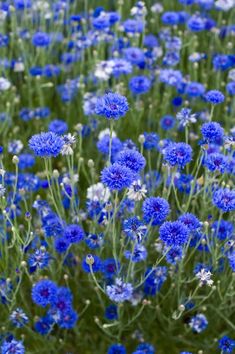
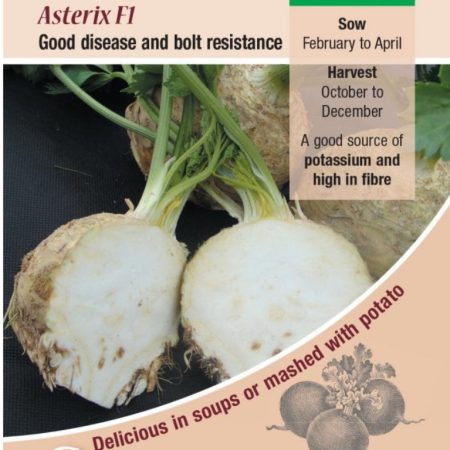

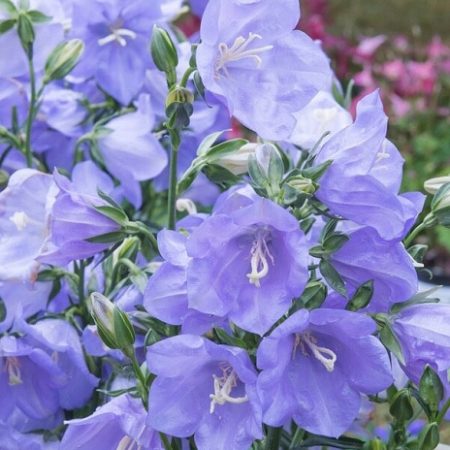

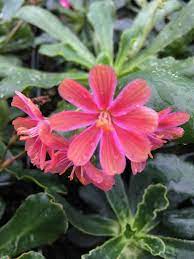


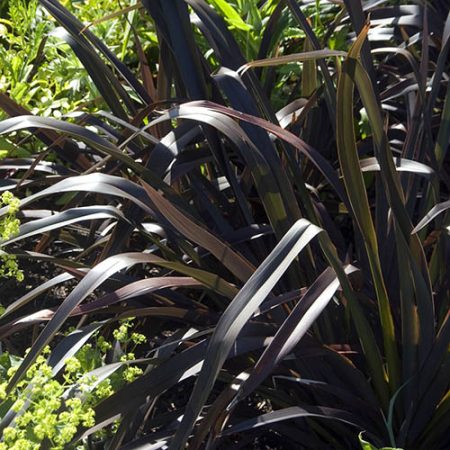
Reviews
There are no reviews yet.